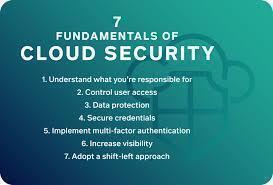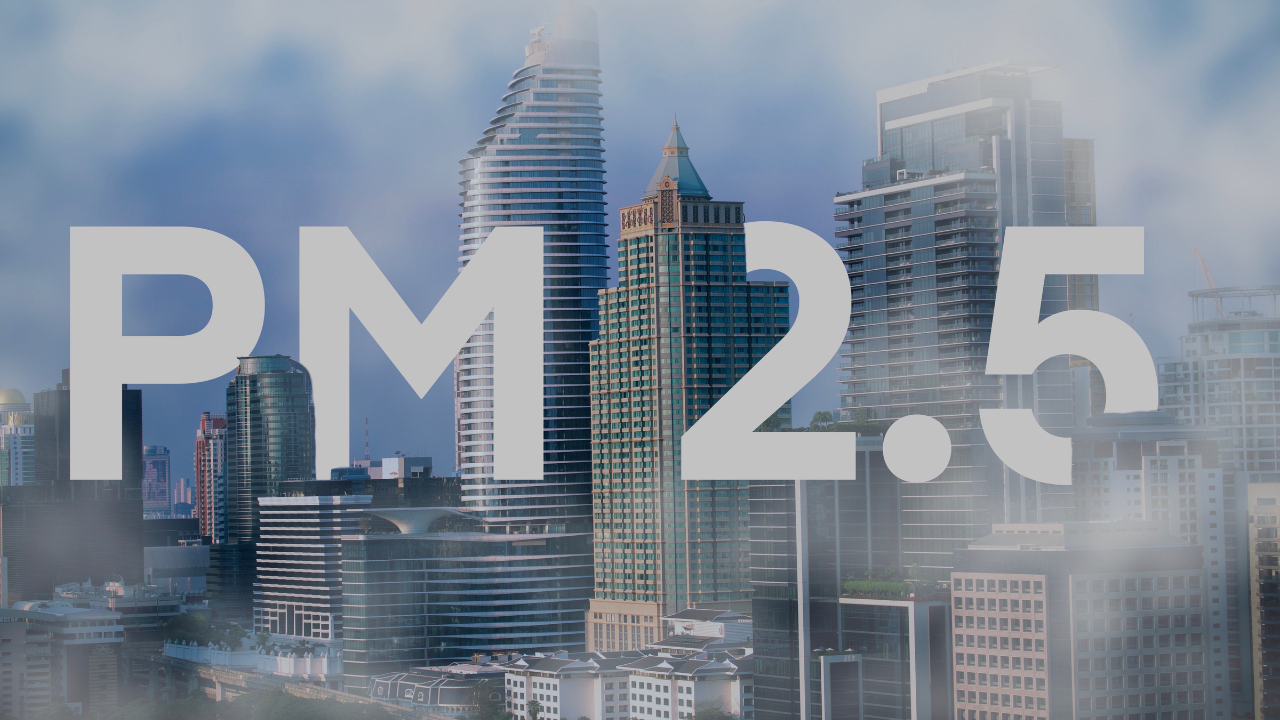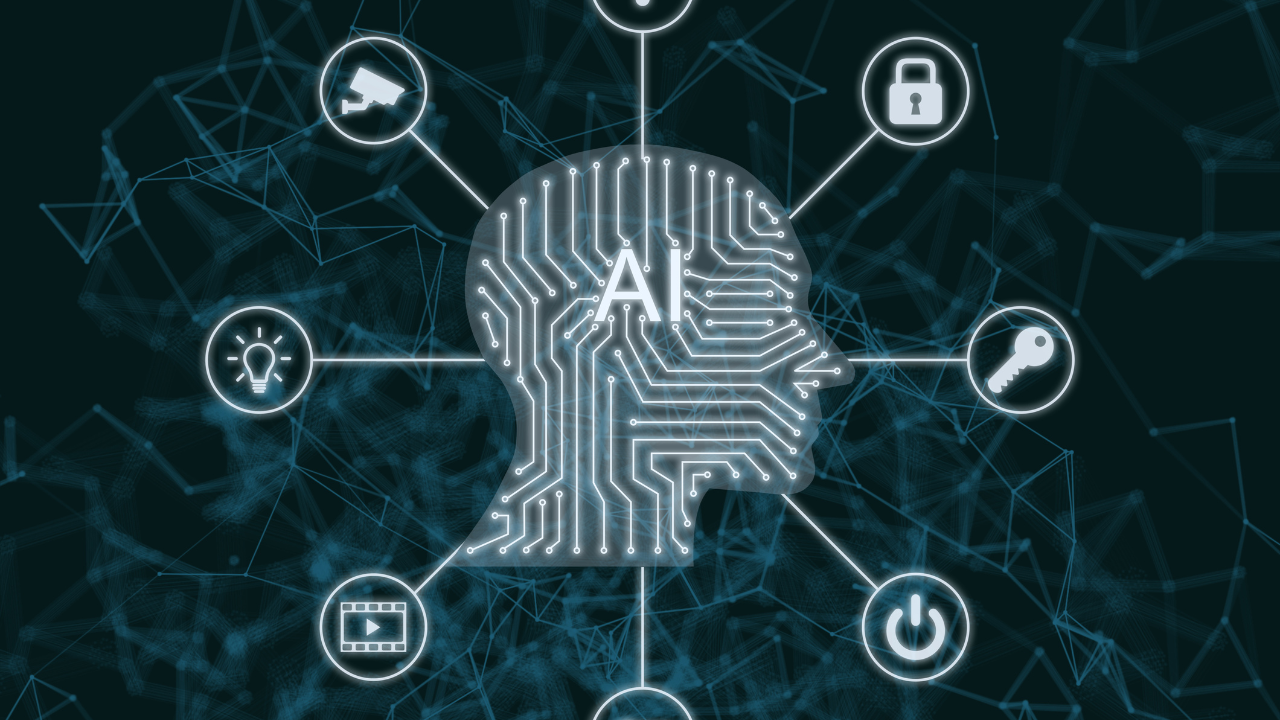



Cloud Security Fundamentals for Beginners
Cloud computing has revolutionized the way businesses and individuals store, access, and manage data. Services like Amazon Web Services (AWS), Microsoft Azure, and Google Cloud Platform (GCP) allow users to store data, run applications, and even manage entire IT infrastructures over the internet. However, with this convenience comes the responsibility to ensure that your data and systems are secure.
For beginners, understanding the core concepts of cloud security is essential to safeguard sensitive information and prevent unauthorized access. Here's a comprehensive guide to the fundamentals of cloud security:
Cloud security refers to the set of practices, technologies, and policies that protect data, applications, and services hosted in the cloud from cyber threats. It involves ensuring that cloud resources are safe from unauthorized access, data breaches, and other potential vulnerabilities.
Key Aspects of Cloud Security:
Data Protection: Ensuring sensitive data is encrypted, both in transit (while moving between systems) and at rest (while stored in the cloud).
Access Control: Implementing mechanisms to ensure only authorized users can access cloud resources.
Compliance: Ensuring that the cloud infrastructure meets legal and regulatory requirements (e.g., GDPR, HIPAA).
Cloud services can be categorized into three primary models, each with different security responsibilities:
a. Infrastructure as a Service (IaaS):
With IaaS (e.g., AWS EC2, Google Compute Engine), the cloud provider manages the hardware and network infrastructure, while the customer is responsible for managing the operating system, applications, and data security.
b. Platform as a Service (PaaS):
In PaaS (e.g., Google App Engine, AWS Elastic Beanstalk), the cloud provider manages the infrastructure and platform, while customers are responsible for managing the applications they build on the platform.
c. Software as a Service (SaaS):
With SaaS (e.g., Google Workspace, Microsoft Office 365), the provider manages the entire infrastructure, platform, and application, while customers mainly handle user access and data security.
Security Responsibility:
In IaaS, you have more control over security but also more responsibility. In PaaS, the provider handles more security elements, and in SaaS, most of the security is managed by the provider.
a. Shared Responsibility Model: The cloud provider and the customer share the responsibility for security, but the division of duties varies based on the service model (IaaS, PaaS, SaaS). Generally, the provider secures the underlying infrastructure, while the customer is responsible for securing their data, applications, and user access.
b. Data Encryption: Data encryption ensures that sensitive information is unreadable to unauthorized users. Cloud providers often offer encryption tools, but you are responsible for ensuring your data is properly encrypted, especially when it's transmitted over the internet or stored in the cloud.
c. Identity and Access Management (IAM): IAM controls who can access your cloud services and what actions they can perform. It’s essential to configure IAM policies that enforce the principle of least privilege (only granting the minimum permissions necessary for a user to complete their job).
d. Multi-Factor Authentication (MFA): MFA is a critical security feature that requires users to provide multiple forms of identification (e.g., a password and a fingerprint or a temporary code) before granting access to cloud resources. This adds an extra layer of protection against unauthorized access.
a. Data Breaches: Cloud data breaches occur when unauthorized individuals access sensitive data. Since cloud providers handle large volumes of data from multiple customers, a breach can be highly damaging. Encryption, strong access controls, and regular audits can help mitigate this risk.
b. Insider Threats: Employees or contractors with access to your cloud environment could misuse their privileges, either intentionally or unintentionally. Implementing strong IAM policies, monitoring for unusual activity, and enforcing least-privilege access can help reduce the risk.
c. Data Loss: Data loss can happen if cloud services experience outages or if files are accidentally deleted. Regular data backups and leveraging cloud services that offer high availability and redundancy can protect against data loss.
d. Denial of Service (DoS) Attacks: Cloud services are vulnerable to DoS or Distributed Denial of Service (DDoS) attacks, which can overwhelm cloud infrastructure and make services unavailable. Cloud providers offer DDoS protection services to mitigate these risks.
a. Implement Strong Access Controls: Use IAM to enforce strict access policies, ensuring that users only have access to the resources they need. Enabling MFA is another essential step to protect user accounts.
b. Encrypt Data: Encrypt sensitive data both at rest and in transit. Ensure that cloud providers use robust encryption protocols, and manage your encryption keys securely.
c. Regular Auditing and Monitoring: Continuously monitor your cloud resources for signs of suspicious activity. Many cloud providers offer logging and monitoring tools (e.g., AWS CloudTrail, Google Cloud Audit Logs) to track user actions and access to resources.
d. Back Up Your Data: Ensure that your data is regularly backed up, and use automated tools to back up important files. Check with your cloud provider to understand their backup and disaster recovery options.
e. Ensure Compliance: Understand and adhere to any regulatory requirements that may apply to your cloud data (e.g., GDPR, HIPAA). Many cloud providers offer compliance certifications and tools to help you maintain regulatory standards.
f. Security Patches and Updates: Regularly update your systems and applications in the cloud to ensure that they are protected against known vulnerabilities. Cloud providers usually handle infrastructure patches, but customers should update their software and apps.
Most major cloud providers offer a suite of security tools designed to help protect your environment:
AWS: AWS offers services like AWS Identity and Access Management (IAM), AWS Shield (DDoS protection), AWS WAF (web application firewall), and AWS Key Management Service (KMS) for encryption.
Azure: Microsoft Azure provides services like Azure Security Center, Azure Active Directory (AD), and Azure Key Vault.
Google Cloud: Google Cloud offers security features like Identity and Access Management (IAM), Cloud Key Management, and Google Cloud Armor for DDoS protection.
Depending on the industry you work in, there may be specific regulations governing how you handle and store data. Cloud providers typically offer compliance certifications that demonstrate their commitment to securing data, but the responsibility for compliance is shared between the provider and the customer. Be sure to review your provider’s compliance certifications and ensure that you’re following necessary practices.
Cloud security is a broad field that requires a solid understanding of your service model, the risks involved, and the tools and best practices available to protect your data. By implementing strong security measures, such as data encryption, strong access control, and regular monitoring, you can ensure that your cloud environment remains safe from potential threats. As you continue to work with cloud services, staying informed about new security trends and tools will help you maintain a secure environment.
For beginners, cloud security can seem overwhelming, but with a basic understanding of the principles and practices outlined above, you can start building a solid foundation for securing your cloud resources.
#trending #latest

University Internships That Help You Get a Job After Graduation... Read More.

Is It Smarter to Start at a Community College... Read More.
 Fake posts hit Czech PM Fiala's X
Fake posts hit Czech PM Fiala's X
Fake posts disrupt Czech PM Fiala's X account security
 Switzerland Tightens Export Rules
Switzerland Tightens Export Rules
Switzerland expands export controls on dual-use goods
 Google unveils Ironwood AI chip
Google unveils Ironwood AI chip
Google introduces Ironwood chip to accelerate AI tasks & apps
 TSMC Q1 revenue up 42%
TSMC Q1 revenue up 42%
TSMC sees 42% revenue surge in Q1, surpassing forecasts
 Amazon CEO Outlines AI Vision
Amazon CEO Outlines AI Vision
Amazon CEO reveals AI investment plans in new letter
 Osaka Hosts World Expo 2025
Osaka Hosts World Expo 2025
Japan blends tech and culture at Osaka Expo 2025 launch
 A16z Plans Big Bet on AI Startup
A16z Plans Big Bet on AI Startup
A16z may lead huge round in ex-OpenAI CTO’s new AI firm.
© MyEduGoal. All Rights Reserved. Design by markaziasolutions.com